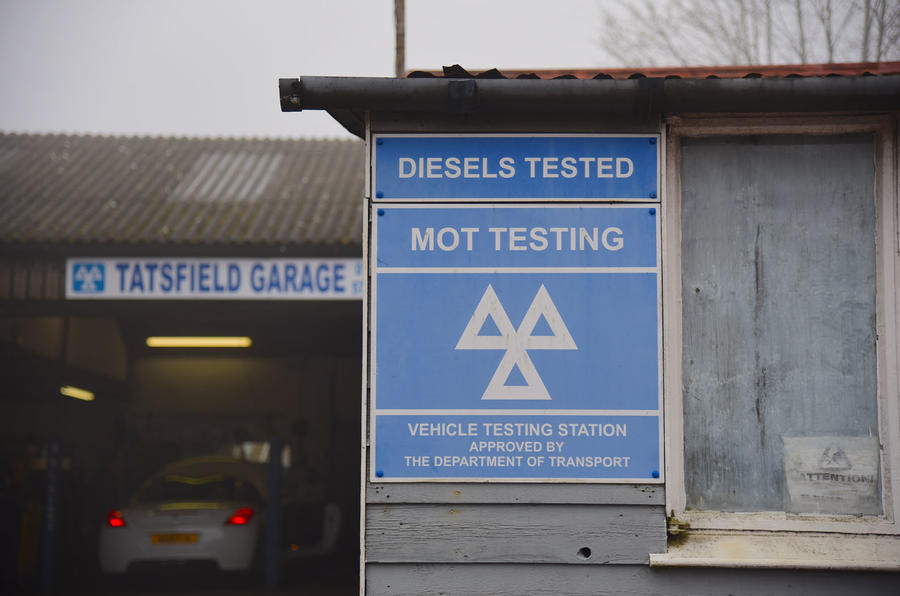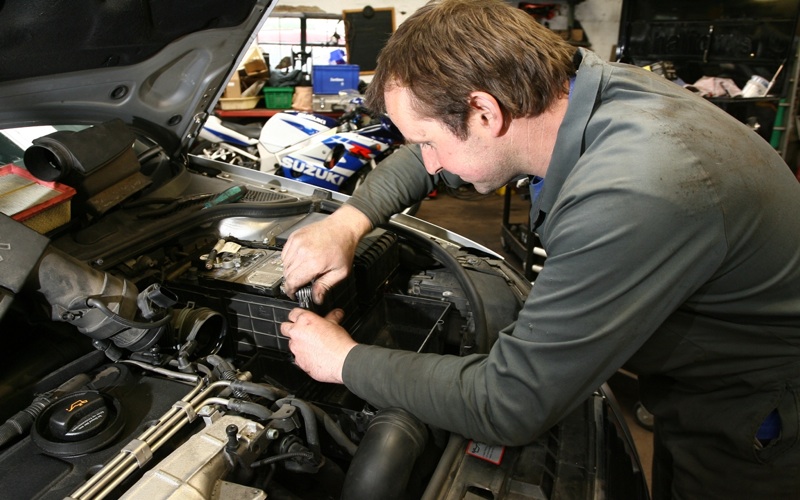
Way back in 1978 a joint venture between several European VMs lead to an enormous factory being constructed in Atessa, Italy. The factory covered some 3.7m sq ft and was dedicated to producing just one product – an LCV. The product was available in a variety of configurations and weights, but what was curious was the amount of badge engineering that went on. The original model was available as the Fiat Ducato, Peugeot J5, Citroen C25 and even as an Alfa Romeo. However in the UK the range is best remembered as the Talbot Express – the last model to bear the Talbot name and the basis for thousands of motorhomes, many of which are still running.
Fast forward to 2007 and the ‘Sevel’ (an acronym in French that translates as ‘European light vehicle company’) joint venture is still operational with the third generation model entering production. Available in the UK as Peugeot Boxer and Citroen Relay and Fiat Ducato the range still produced, having undergone a facelift in 2014. This guide is applicable to all of this range, though we have focussed on the 2.2 and 2.3 Multijet Fiat models.
REAR LIGHTS
Brake light switches for these models are a popular part say Cambiare. Apparently the routing of the loom around the pedal box causes the problem, so chaffed or broken wires could be the root cause.
The reversing light occasionally goes wrong, which curiously is caused by water entering the gearbox via an incorrectly routed drain pipe at the base of the windscreen. Another symptom of this condition is the corrosion of the gear change linkage, say Cambiare leading to stiff operation. This will require draining and refilling of the gearbox to prevent a recurrence of this and other related problems.
REAR SUSPENSION
There was a manufacturer recall to check and tighten incorrectly torqued rear leaf spring “U” bolts that secured the leaf spring to the rear axle. Motaquip recommends that damaged bolts should be replaced as a matter of course and should be tightened to the recommended torque levels.
STEERING AND SUSPENSION
The high centre of gravity coupled with the use a van gets can cause premature wear of the ball joint according to Meyle. The firm produces a replacement stabiliser link with an over-engineered ball pin diameter to counter this. A lack of lubrication between the steering rack and pinion during manufacture can be diagnosed through increasingly difficult steering operation say Motaquip. The lack of lubrication and excessive levels of strain can lead to premature damage to the steering rack. Top strut mounting and bearings can fail regularly causing the steering to become tight, which can cause poor handling, as well as intermittent squeaking noises. First Line recommended that when replacing the shock absorbers or coil springs that the top mounts are replaced at the same time.
COOLING SYSTEM
Generally, the cooling system on this range is reliable, provided it has been filled with the correct grade of coolant. However, a number of garages have taken in vehicles reading strange temperature levels. The cause is not the temperature sensor (as is often thought) but dry solder joints on the instrument cluster. Another fault on the 2.3 Multijet that leads the driver to think their van is loosing its cool is down to a corroded part of the loom. This manifests as P0482 and should be an easy fix, say RMI.
ENGINE MANAGEMENT
Cambiare mentions that the JTD engine in Ducatos can be susceptible to the failure of the crankshaft sensor after approx. 50,000 miles. The engine cutting out intermittently after it has reached the operating temperature and failing to restart until it has cooled down again often accompanies this. Failure to start from cold may also be the result of a faulty crankshaft sensor, generally indicated by the fault code P0335. Engine hesitation, failure to start and irregular idle speeds can be attributed to a faulty EGR Valve. Motaquip recommends the replacement of the EGR Valve rather than the temporary solution of cleaning the faulty item.
CLUTCH AND GEARBOX
When changing the clutch on these vehicles it is vitally important to check for any signs of oil contamination from inside the gearbox say LuK. Any leaks should then be rectified before the new clutch is fitted. Failure to rectify these leaks could lead to the new clutch slipping. When the old clutch components are removed from the gearbox carry out a visual comparison of the old clutch and Concentric Slave Cylinder (CSC) against the new. Don’t be tempted to ignore the CSC replacement when changing the clutch; remember it’s a bearing and the last thing you and your customer wants is to be removing the gearbox again.
BELTS AND PULLEYS
On the Ducato 2.0D, 2.2D and 3.0D, check the Over Running Alternator Pulley (OAP), if excessive Front End Auxiliary Drive (FEAD) tensioner movement, or belt squeal is evident. The 2.3D has a TVD, and this should be checked regularly according to INA.
ENGINE HARDWARE
There’s nothing particularly odd about the lubricants for this range, though Comma point out that long service intervals and multi-drop driving can lead to engine oil needing a couple of top-ups between services – a fact the user might need reminding of. Long-life servicing often appears on these pages as the basis of faults. These vehicles often appear at garages with the oil pressure light on – a fault that must be rectified immediately. Cambiare note that garages will often reach for a new pressure switch, but the problem is often that the structure of the oil has collapsed. This can be checked with an external gauge. Forté recommends an engine flush with one of its products if the oil has been allowed to deteriorate this far. This range doesn’t just lose oil by burning it. Cambiare advise that oil leaks could be the result of a leaking oil pressure switch. However, technicians tracing leaks should also bear in mind that Ducato-based motorhomes in particular can experience corroded or porous sumps due to long periods of non-use.
INSIDE CAB
Sticky windows are a problem common among infrequently used motorhomes. If there is a rotating, clanking or crunching sound when the switch is operated or the window is sticking and requires a knock or push to start moving, then the regulator mechanism is likely to be at fault say Lucas Electrical supplier Elta Automotive. Corrosion causes the sticking and explains why a knock can send the window on its way. If left like this, cables may break and the mechanism will fail completely. No noise or movement when the switch is operated can point to motor failure but always check the fuses and switches before replacement. Motors usually fail due to excessive strain caused by corrosion in the mechanism or trying to lower frozen windows. If the central locking fails it is probably due to the module under the facia say RMI, while Motaquip points out that rapid an unexplained battery drain is often due to an alarm module under the seat shorting out due to water ingress. Rust is less of an issue on these vans compared with their predecessors, but silver paint (as used on the Ducato) has an odd tendency to peel off.











Go to comments